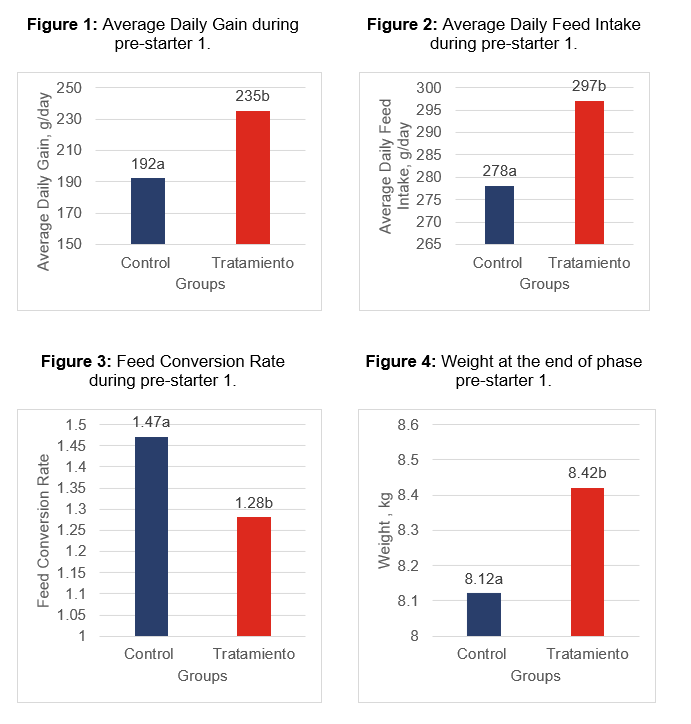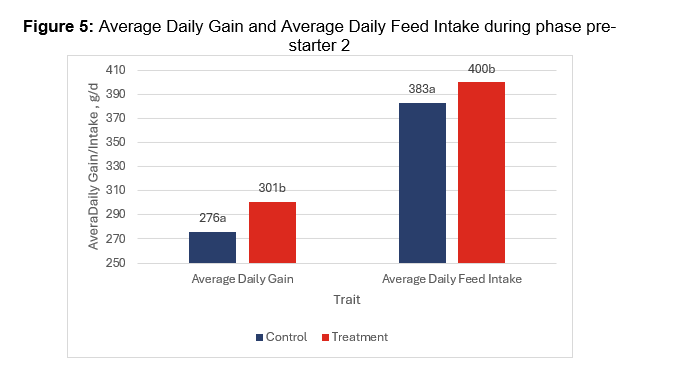Winning the weaning battle – butyrates for optimal gut health in piglets
Butyrates are one of nature’s secret weapon for optimal gut health and integrity. Contrary to what we might think the intestine cells, called enterocytes or colonocyte (for small and large intestine), use short chain fatty acids as source of energy. In the hind gut, bacteria will produce butyrate which will be used by the cells but in the small intestine there is little production. Butyrate is important to develop the immature digestive system by:
- Providing energy to the enterocyte

- Villi and Crypt growth improving the villi/crypt ratio.
- Improve tight junction proteins.
Best results are seen with slow-release butyrates as they can reach all parts of the gut, creating a stronger barrier against pathogens, improving the resilience of gut to challenges and its ability to absorb nutrient. They can also be used after infections to restore the guts quicker.
Energize for success: The vital role of butyric acid as energy source for the enterocyte on post weaning performance – field experience
The commercial trial was designed with:
- 240 weaned piglets, 23 days old and weighing 6.7 kg.
- 120 pigs allocated to the control group and 120 to the Encapsulated Butyrate Slow Release (EBSR) group.
- Butyrate was incorporated into pre-starter 1 and 2 diets, fed for 7 days each, as specified in Table 1.
- Pigs were weighed, and feed consumption was recorded at the end of each phase.

During the pre-starter 1 phase, piglets in the EBSR group showed remarkable performance enhancements:
- Average Daily Gain (ADG) surged to 235g/d compared to 192g/d in the control group (p<0.01) as seen in Figure 1
- Average Daily Feed Intake (ADFI) increased to 297g/d from 278g/d (p<0.05) as seen in Figure 2
- Feed Conversion Rate (FCR) improved to 1.28 Treatment from 1.47 in the control group (p<0.01) as seen in Figure 3
- Piglets in the Treatment group were significantly heavier at the end of the phase, weighing 8.42 kg versus 8.12 kg (p<0.01). Figure 4

Different superscripts (a,b) on all figures indicate significant differences between control and treatment group
In the pre-starter 2 phase, the Treatment group continued to outperform with an ADG of 301 g/d versus 276 g/d (p<0.05) on the control group and an ADFI of 400 g/d versus 383 g/d (p<0.05), as seen in Figure 5

Different Superscripts (a,b) per trait indicate significant differences between control and treatment group
At a standardized weight of 8.42 kg following pre-starter 1. The control group will require 2.52 kg of feed, whereas the Treatment group achieved the same weight with 2.2 kg, indicating a 0.32 kg feed reduction per piglet. Considering the higher cost of initial diets in production cycles, these findings suggest substantial cost savings for farmers, even though they are the less used diets, whilst increasing performance and efficiency.
Contatto:
Contattaci con questo modulo

